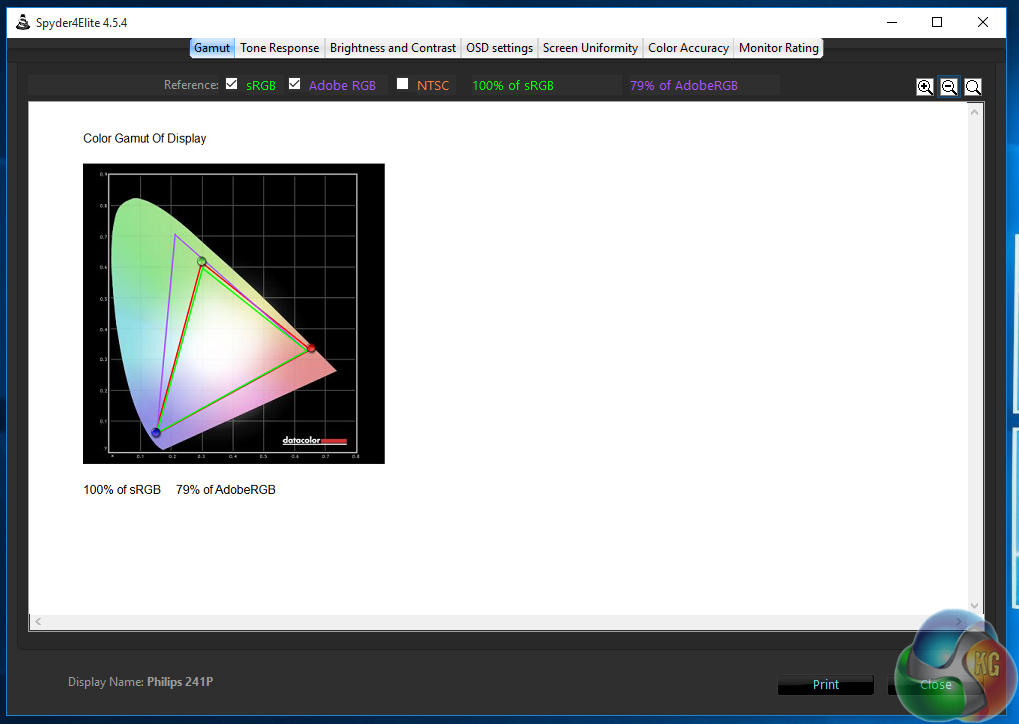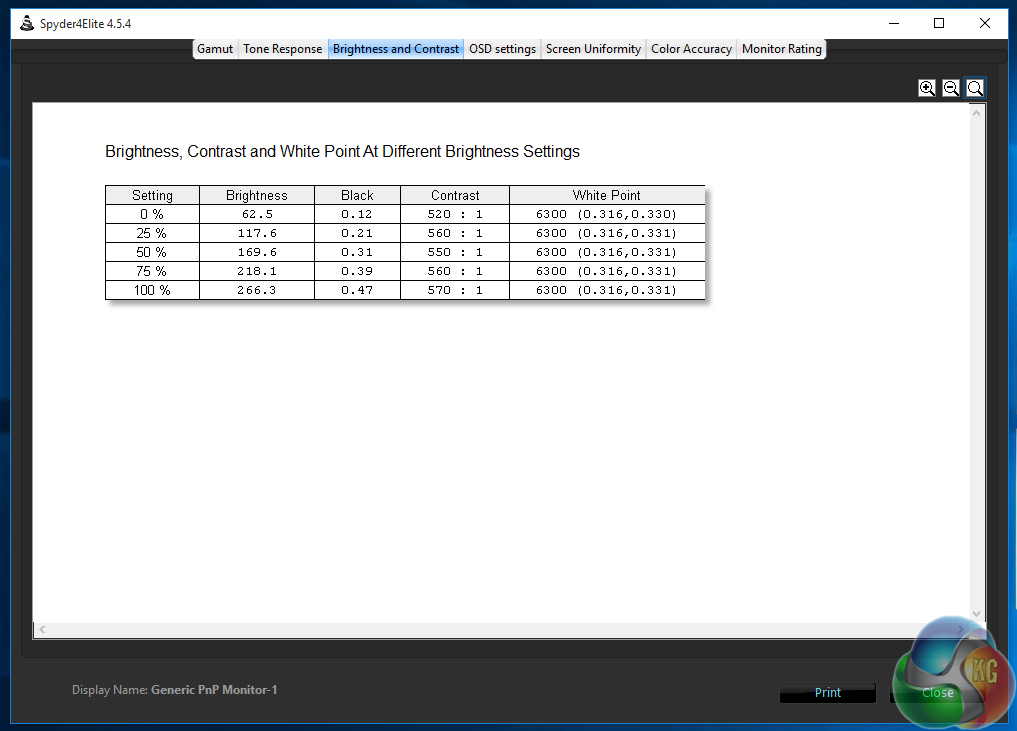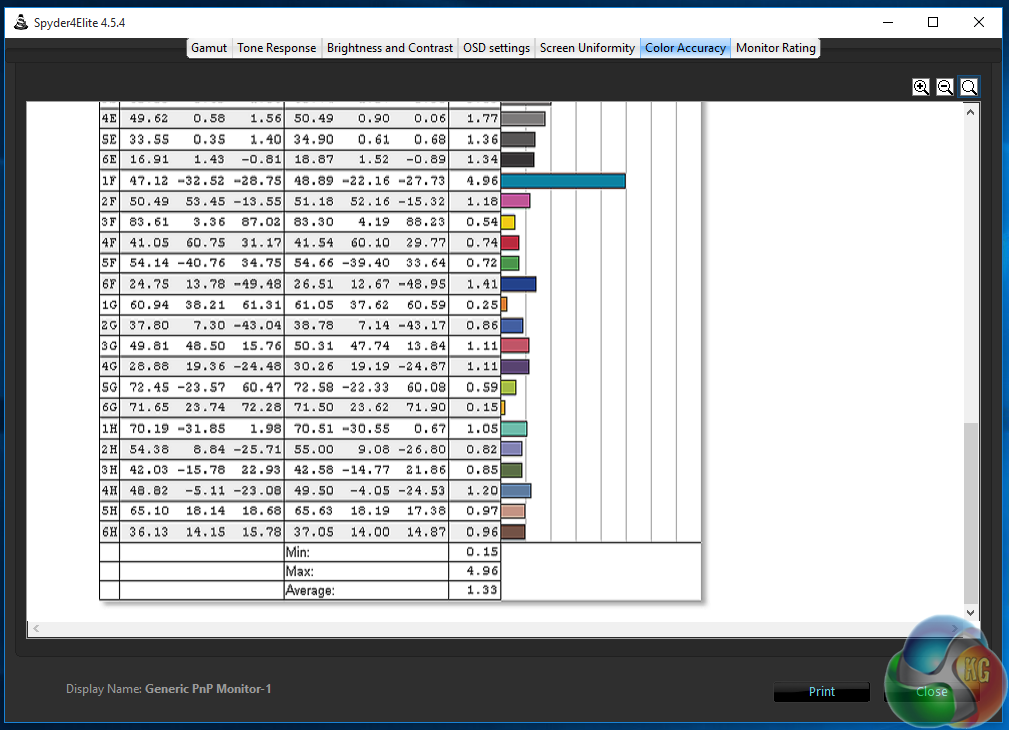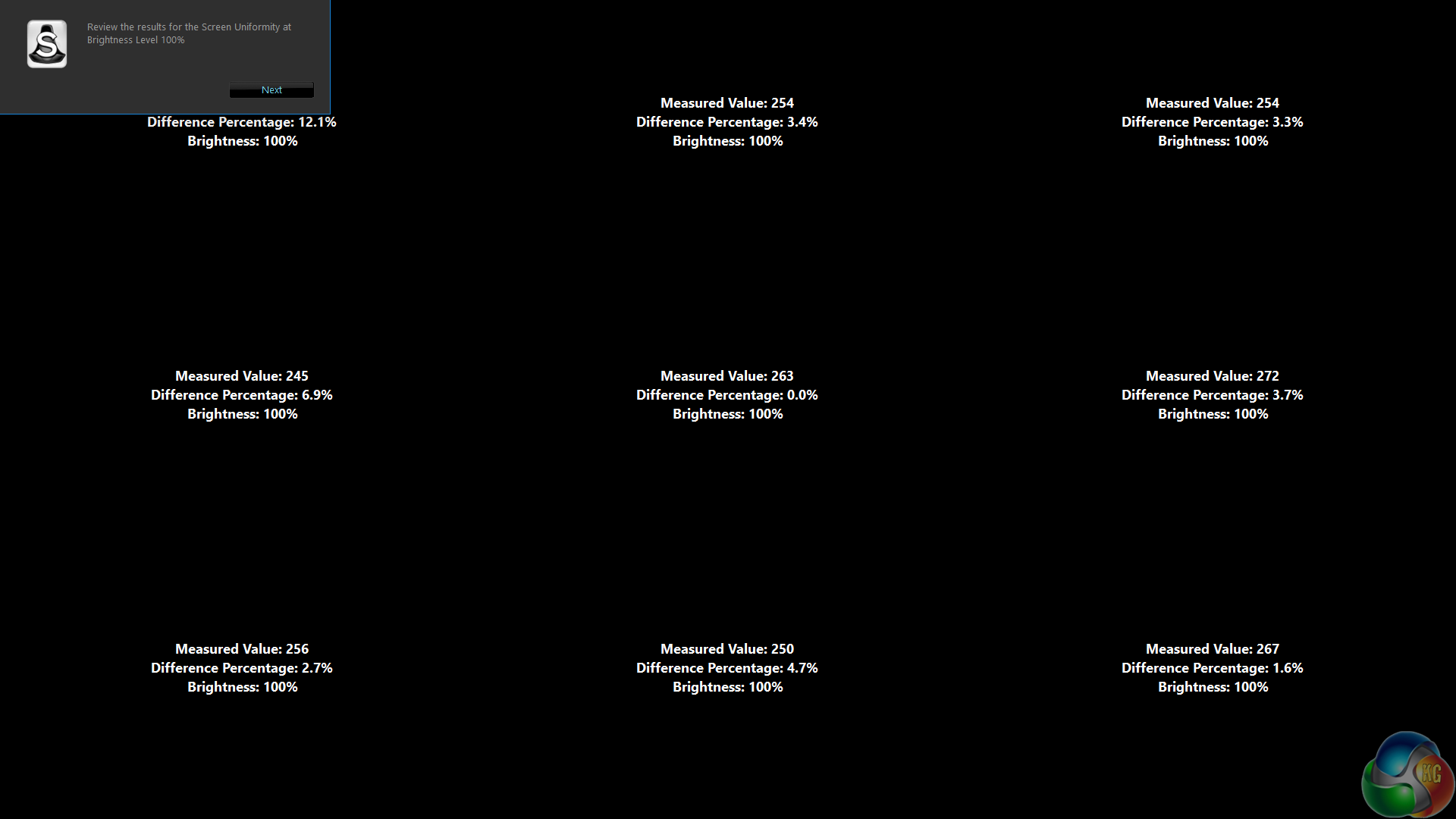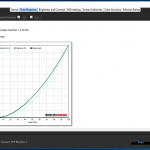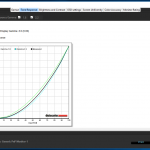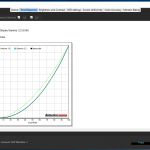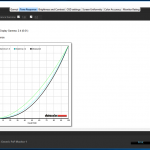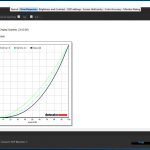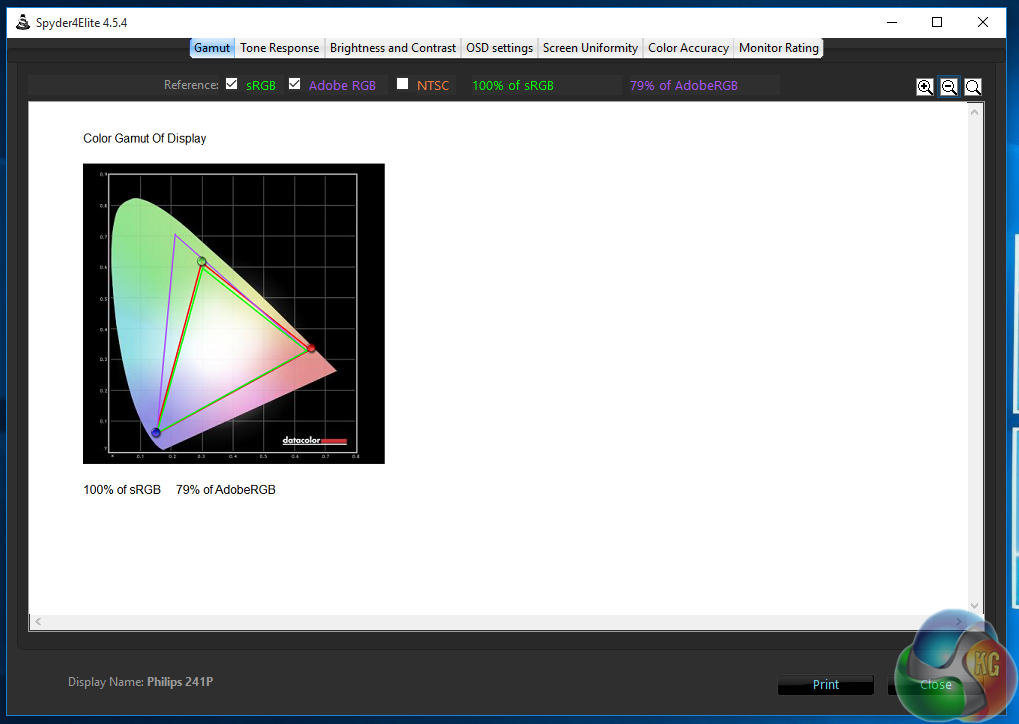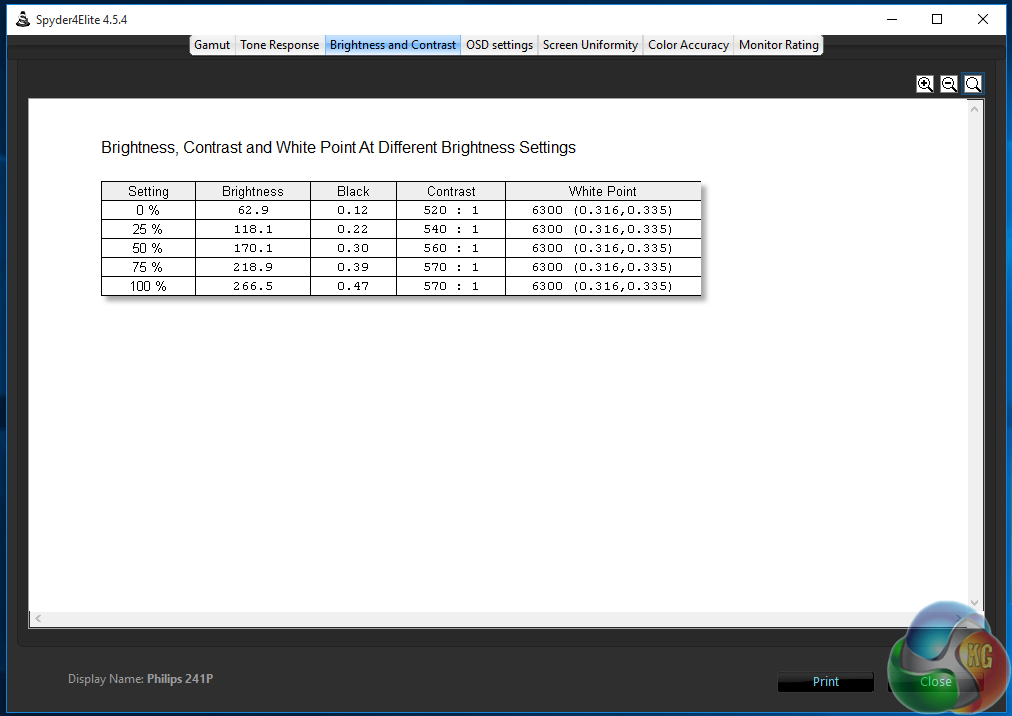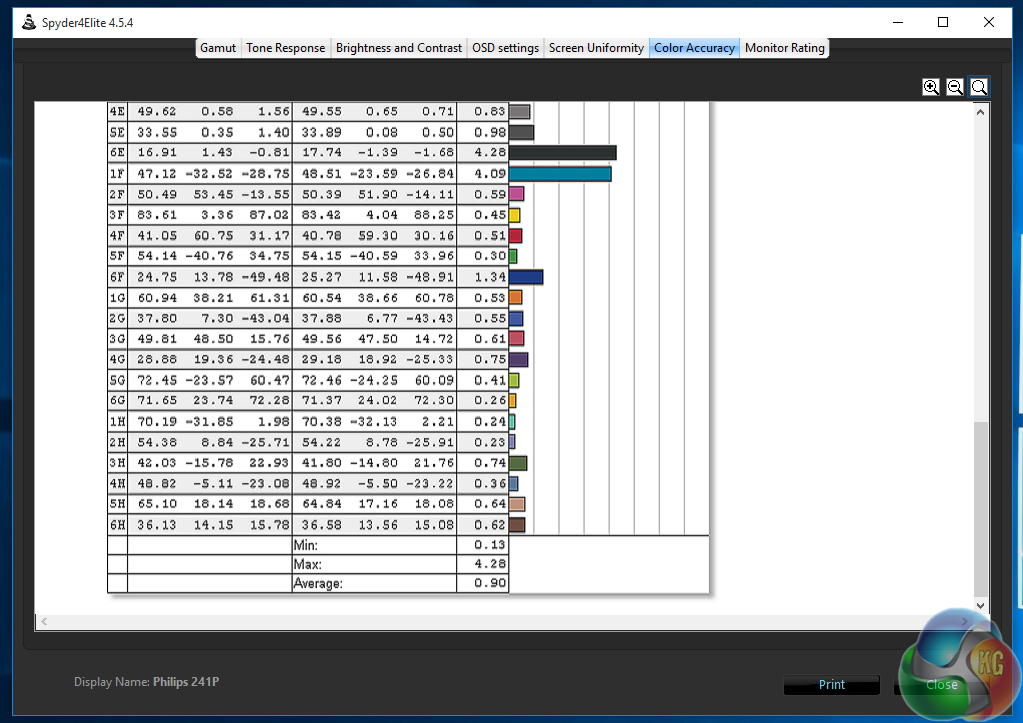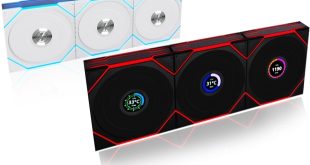As usual we tested the picture quality of the Philips 241P with a Spyder 4 Elite Colorimeter from DataColor, once right out of the box to test its factory calibration, then again after calibrating it.
The gamut results show 100 per cent sRGB coverage and 78 per cent Adobe RGB. Good, but rough figures like this are expected these days of any decent screen.
Brightness results of 266.3 are a bit higher than the 250 cd/m2 figure quoted by Philips. The contrast ratio of 570:1 is a good result, while the white point of 6300k is just off the magic 6500k target.
An uncalibrated Delta E result of 1.33 is very good going on the part of Philips.
Aside from the top left corner where it drops off, the panel uniformity is surprisingly even, with most of the results around 4 per cent.
Equally surprisingly is the gamma, which is bang on 1.8 and 2.0, but deviates slightly with higher settings. Still, not a bad result as few other displays fit these gamma levels exactly.
We then calibrated the 241P and measured the screen again.
The coverage mostly remains the same, save for an imperceptible improvement to the AdobeRGB coverage.
Brightness and contrast levels mostly remain the same.
But the colour accuracy hits a Delta E of 0.9, a very good result.
We were very surprised by the low power consumption of the 227E, but that could be partly attributed to the smaller 22-inch display. With the 241P we measured 21.5 watts on the Windows desktop, which is still a good figure. We expect this is due to lower overall brightness.
As with the 227E, in use, although the measured brightness seems rather low, subjectively, the picture quality is still excellent and doesn’t seem especially dull.
 KitGuru KitGuru.net – Tech News | Hardware News | Hardware Reviews | IOS | Mobile | Gaming | Graphics Cards
KitGuru KitGuru.net – Tech News | Hardware News | Hardware Reviews | IOS | Mobile | Gaming | Graphics Cards


